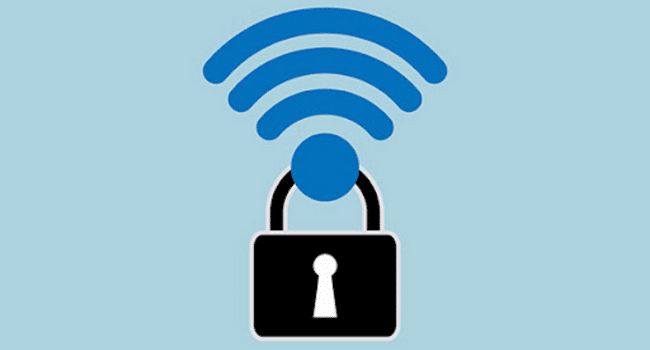Table of Contents
Network security key is another word for Wi-Fi password. It is a passphrase that allows you to connect to nearby Wi-Fi hotspots. The reason why a network security key is required is quite obvious: to prevent unauthorized access. An open Wi-Fi network invites trouble; Someone you may not want could access your Internet connection and gain access to personal space, such as shared folders, or even access the Wi-Fi router’s admin panel.
It is also required if you want to make the necessary changes to the router’s configuration. For example, you can set up a VPN on a VPN Router only when you have access to it. We’ll cover how to find your network security key and how you can access your router if you want to update the key.
What is a network security key? WEP and WPA explained
In the world of computing, protocols are a set of standards that devices rely on to establish a secure and reliable connection. WEP (Wired Equivalent Privacy) and Wireless Protected Access (WPA) are two encryption protocols for wireless networks not only for data security but also for authentication.
Let’s start with WEP. This security key was introduced in the late 1990s and has been an approved IEEE 802.11 standard ever since. Most WEP keys are 64 or 128 bits long. But the actual length of a WEP key is 40 bits, in the 64-bit case, due to a 24-bit initialization vector. The short length of the IV is one reason why WEP has been deprecated as the default standard. WPA succeeded WEP in 2003 and is the widely used standard for wireless encryption and authentication today.
Although WEP is offered as an option on today’s routers, WPA is the default selection. WPA brought several improvements, including 256-bit key length and AES encryption. WPA3 is the latest version.
WEP and WPA keys are generated based on the phrase you type in a password.
Where to find a network security key
How to find the network security key on the router
Every router has a default security key that is shipped from the factory. Check the back of the router and you should find a label that reveals the SSID and WPA key. If it’s not there, check the manual.
How to find network security in Windows
This process assumes that you are connected to the Wi-Fi network and whose security key is what you want to know. Here’s how to find a network security key in Windows:
- Right click on the wireless connection icon in the icon tray at the bottom right corner of the screen and click on Open Network & Internet settings.
- Click Network and Sharing Center.
- You will now see the current Wi-Fi network you are connected to. Click the SSID next to
- A window will open. Click on Wireless Properties, Go to the Security tab, check on the Show characters The password will now be revealed.
How to Find Network Security Key on Mac
Similarly, you can only find out the password of the network you are connected to or have connected to in the past. The KeyChain app makes it simple to store all your passwords.
- Start the search function.
- Type Keychain, then launch the app.
- Narrow your search by selecting passwords under Categories.
- Find the SSID name in the list and click on it.
- In the next window, check the Show password box
How to find the network security key on smartphones
Do you need to see the network security key on Android or iOS? There is a way.
Android and iOS do not allow you to easily view the password of saved Wi-Fi networks. You can’t touch a network and find the information there. Here’s an easy way to find a network security key on smartphones that doesn’t require you to connect the phone to a computer:
- Go to Settings > Wi-Fi.
- Touch any known Wi-Fi connection to view its information.
- Write down the address of the “Router”.
- Open a web browser and log in if you know the credentials.
- Navigate to wireless security settings to view the network security key.
How to change the network security key
When we talk about how to change a network security key, we are actually referring to how to change the Wi-Fi password.
Wi-Fi routers come with a default network security key that you can find on the back of the device or on the router itself. The same source also reveals the default gateway and password with which you can access the admin panel of the router. You will need the credentials to change the network security key.
Once you have it, use any web browser and launch the admin panel by typing the default gateway; usually it will be 192.168.0.1.
Each manufacturer has a different interface, so you have to check the manual or figure out the settings yourself. It’s easy though – you need to be in the wireless settings tab. Here is an example of a TP-Link router.
If your router is dual-band (802.11n and 802.11ac), you’ll also need to change the other’s password, if you want. Dual band routers offer 2.4 GHz and 5 GHz as two separate access points.
Changing the network security key is very important. While in the admin panel, also change the SSID of the router. The default SSIDs are usually the model number of the router. If someone nearby detects the broadcast SSID, knowing the router’s model number can allow a hacker to explore the particular model’s vulnerabilities and break into your network. You can also monitor uninvited guests on the network by filtering known ones in the DHCP client list.
Read more on KulFiy
Solving Modern Digital Challenges With Public Key Infrastructure
